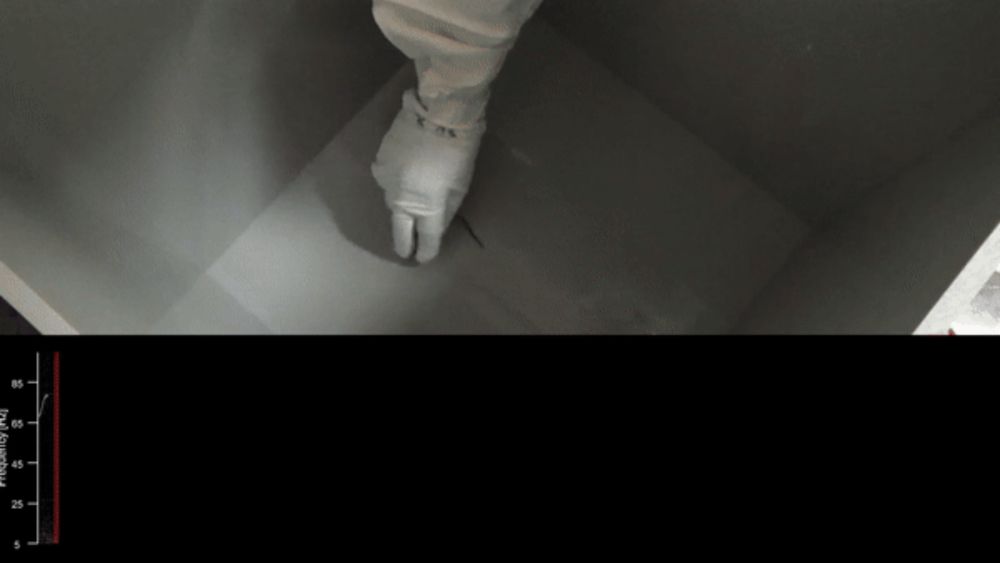Shimpei Ishiyama
@shimpeiishiyama.bsky.social
22 followers
35 following
7 posts
Neurogelotology: Neuroscience of Laughter and Fun
neurogelotology.lol
Posts
Media
Videos
Starter Packs



